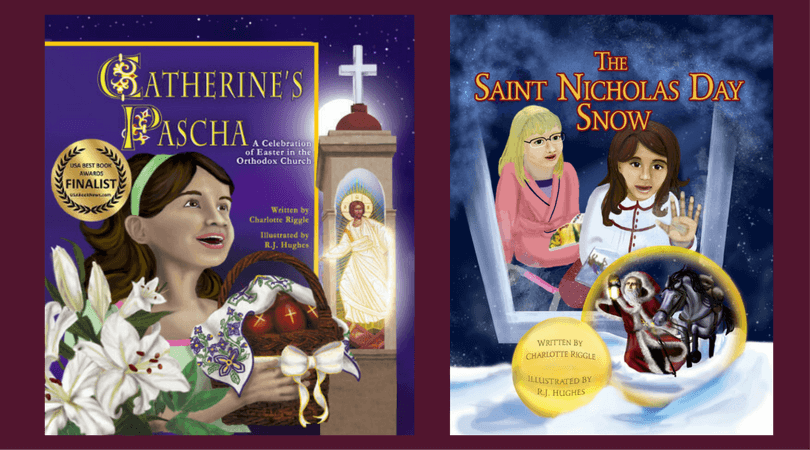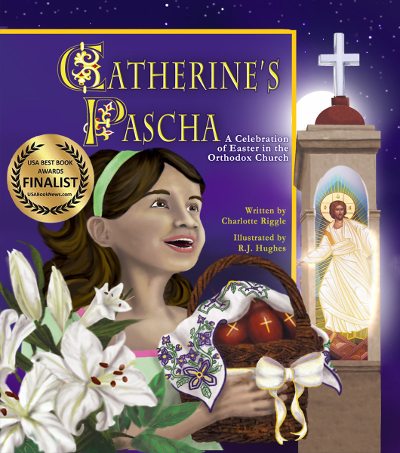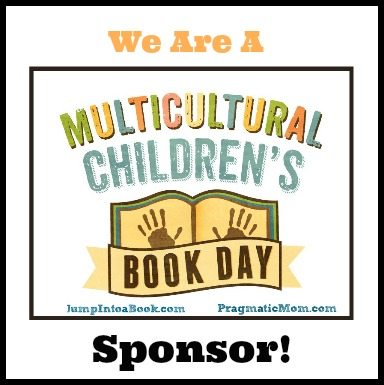Li-Li, the sensory kid who stars in Miracle at Bates Memorial, is back! In Jump-O-Ween, the third book in Gin Noon Spaulding’s “Adventure of Li-Li” series, it’s Halloween. Li-Li’s church has borrowed the neighborhood school for their annual Hallelujah Party. It’s full of kids, cousins, costumes, candy, and best of all, the jumpy!
Li-Li and the jumpy
Li-Li loves to jump. It’s the only thing she wants to do at the Hallelujah party. Her parents don’t realize, though, that for Li-Li, jumping is more than just fun. Jumping provides Li-Li the proprioceptive input she needs to know where her body is in space. Throwing herself into the jumpy gives her sensory information that her body craves. It’s like water to someone lost in the desert.
Of course, Li-Li isn’t the only child at the Hallelujah party who wants to jump in the jumpy. Her parents tell her that she has to get out so other children can have a turn – and Li-Li refuses. They let her stay a bit longer. And tell her again. She refuses again.
So what’s a parent to do? This is a church event, after all. Most churches share certain beliefs, and not just about God. At most churches, there is a shared belief that good parents have good children, and that good children are respectful and obedient. Good parents make their children mind. And Li-Li’s mommy and daddy are good parents. They need other parents to see them as good parents. So they physically pull Li-Li out of the jumpy.
The Li-Li Letdown
And what happened as soon as Li-Li was out of the jumpy? She has a Li-Li Letdown. That’s her family’s name for a sensory meltdown. It looks like a tantrum: “I kick, scream, cry, and yell.”
But sensory meltdowns aren’t tantrums. A child throwing a tantrum is trying to manipulate a situation to get what they want. A sensory kid having a sensory meltdown is utterly overwhelmed by sensory input. As Li-Li explains, “I just can’t help it. … I know my mommy is talking to me, but I can’t hear her. All the noises … the voices are all mixed up together. I can’t tell my mommy’s voice from any other voice. It is so painful.”
So Li-Li’s daddy carries the kicking, screaming, crying child through the crowded gym. And as soon as they get out of the gym, into the quiet foyer, the Li-Li Letdown stops. Li-Li’s daddy goes to get the truck. Li-Li’s mommy looks like she wants to cry.
When they get home, Li-Li’s daddy takes her trick-or-treating. As they leave, Li-Li’s mom is on the phone, crying.
Another miracle for Li-Li
When they get back, Li-Li gets another miracle, like the miracle at Bates Memorial. Her mom is happy again. She’s talked to one of li-Li’s big friends (maybe her OT?), and she has learned that Li-Li needs to stay away from crowds and noise, because (like so many sensory kids) she has issues with sounds and proprioception. (Here’s a quick explanation of proprioception, if you’re not familiar with it.)
And Li-Li’s mom “says she is so sorry and that we will jump at a jumpy place the next day for as long as I want.”
Li-Li, of course, is delighted that she can jump. But something has happened that’s more important than that. “This has been a good Halloween,” she says, “because my mommy really understands me now.”
Why should kids read Jump-O-Ween?
To start, kids should read Jump-O-Ween because it’s a fun story with an engaging main character. That’s enough right there.
And kids should read it because they need to read books with that include lots of different kinds of people – people who are like them, and people who are not like them. And they most especially need to read books that include people with disabilities.
When children read Jump-O-Ween, they may recognize something about themselves in Li-Li. Or they may recognize someone they know. They may recognize a child at church or in their neighborhood who is always getting in trouble, whose behavior can be loud and unpredictable and maybe even scary. And by reading Jump-O-Ween, they will better understand that person – even if they are that person.
Books that introduce children to people who are not like them – books like Jump-O-Ween – help children cultivate the virtue of philoxenia. They grow in empathy. They become kinder.
And all of those are good reasons to read Jump-O-Ween.
One minor quibble
I have just one minor quibble with the book. It could have been improved by more stringent editing. Younger children will likely find the story too wordy. And there are references to the previous book in the series, Picture Perfect – Not!, that don’t add anything to this story. If you are reading this to a restless little one, you can skip a bit here and there to make the story more enjoyable for them.
Why should adults read Jump-O-Ween?
Everything I just said about how books can help children develop philoxenia, empathy, and kindness? All of that is true of adults, too.
The adults who stared and whispered as Li-Li’s daddy carried her out of the gym – those adults are in every church, in every school, in every neighborhood. And they make life harder for Li-Li’s parents. Not only do they have to figure out how best to help Li-Li, they have to figure out how to navigate a world that judges them harshly because of their child’s disability.
And while Jump-O-Ween is told from Li-Li’s point of view, it doesn’t hide the fact that Li-Li’s disability is hard on her parents. Parents of sensory kids will see themselves in the book, and it will comfort them to know that they are not alone.
And maybe, just maybe, adults who have never heard of proprioception, who have never heard of sensory kids, will recognize a child that they know. They will recognize a child that they’ve shushed, and parents that they’ve judged. And maybe this little book will help them cultivate philoxenia in their hearts as well.
Bonus for adults
The grownups reading this book should take the time to read the Foreward by Renee Montero Kovach, founder of the Hyperlexia Parents Network. And if you recognize Li-Li in a child you love, check out the Signs of Proprioceptive Dysfunction” in the back of the book. If you find yourself checking a lot of the boxes, you’ll want to learn more about how to help children with proprioceptive dysfunction. If it’s your child, it might be a good time to set up an appointment for an OT evaluation.
Read More
The best picture books with disabled characters: Children who do not have disabilities need books with disabled characters just as much as disabled children do. And this list will help you find some terrific books for the children you love.
Welcoming everyone to church: Disability and special needs: Have you noticed how few people with disabilities attend church? Have you looked at the barriers that keep them away? These resources will help you start taking down the barriers.
A table where strangers are welcome: What philoxenia is, and why we need to build bigger tables.
Buy the Books!

Elizabeth, one of the main characters in these books, is an ambulatory wheelchair user.
Catherine’s Pascha
FINALIST IN THE 2015 USA BEST BOOK AWARDS
Catherine doesn’t like vegetables. She doesn’t like naps. She doesn’t like it when her mom combs her hair. She loves hot dogs, chocolate cake, and her best friend, Elizabeth. Most of all, she loves Pascha! Pascha, the Orthodox Christian Easter, is celebrated in the middle of the night, with processions and candles and bells and singing. And Catherine insists that she’s not a bit sleepy.
Celebrate the joy of Pascha through the magic of a book: Catherine’s Pascha. Available on Amazon, Bookshop.org, and my webstore.
The Saint Nicholas Day Snow
Shoes or stockings? Horse or sleigh? Does St. Nicholas visit on December 6 or on Christmas Eve? Will a little girl’s prayer be answered? When Elizabeth has to stay at Catherine’s house, she’s worried about her grandmother, and worried that St. Nicholas won’t find her. The grownups, though, are worried about snow.
Celebrate the wonder of St. Nicholas Day through the magic of a book: The Saint Nicholas Day Snow. Available on Amazon, Bookshop.org, or my webstore.



